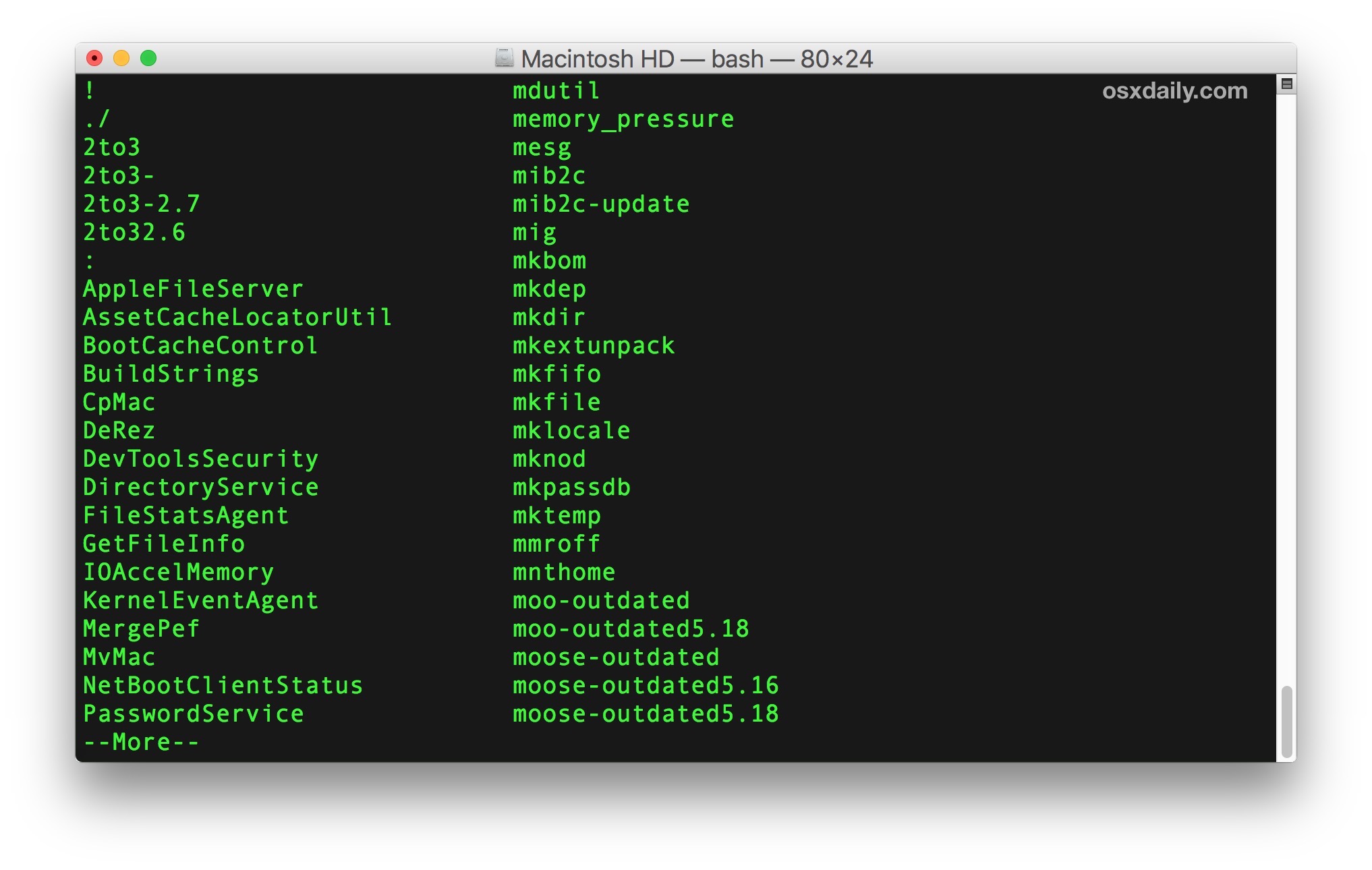

- #Mac cpu info command how to#
- #Mac cpu info command install#
- #Mac cpu info command full#
- #Mac cpu info command mac#
build/apple/Products/Release/surmagic are: x86_64 arm64 build/apple/Products/Release/surmagicĪrchitectures in the fat file. To verify that your built binary contains both architectures, you can use the lipo -info command to inspect a binary and confirm: > lipo -info. Now, when compiling your package, specify both architectures to compile a Universal Binary (the real irony here is my CLI tool actually makes FAT libraries for Xcode project): > xcrun swift build -c release -arch arm64 -arch x86_64 Note: If this is not Swift 5.3 or greater, use xcode-select -s to switch to the Xcode 12 beta.
#Mac cpu info command how to#
Follow the steps below: How to Build a Universal Binaryįirstly, make sure that you are using the correct version of Xcode/Swift: > xcrun swift build -version You can see CPU temperature in both degrees Celsius as well as Fahrenheit.

Click on Preferences to change the refresh rate and temperature unit for the Fanny app on MacBook.
#Mac cpu info command mac#
The Fanny menu bar app on Mac will show Fan speed, CPU temperature, and GPU temperature.

You’ll see a small window with a white background open on your desktop. Click on the Fanny menu bar app icon to check MacBook temperature in one click. You’ll immediately see a new line of text with the exact make and model of your Mac. The number of bars depends on the number of cores your CPU has. Each bar represents a CPU core, and the colorful ticks inside the bar represent the load on that core. At the very top, there are multiple numbered bars with colorful ticks. I’ll walk you through the critical parts of the interface.

#Mac cpu info command install#
To open it, either open your Applications folder, then open Utilities and double-click on Terminal, or press Command-space to launch Spotlight and type 'Terminal,' then double-click the search result. Open Terminal then enter the following command at the command prompt: sysctl -n . Mac: brew install htop Then, run the command htop. Processors,Memory are one of the most significant resources among all the available resources in a system, making processor/ memory utilization a critical metric for measuring the performance. Understanding resource utilization and the spare capacity is becoming more important than ever. To view current processor activity, choose Window > CPU Usage. The Terminal app is in the Utilities folder in Applications. AIX - Listing CPU, Memory (RAM), Hard disks, IP address. The following percentages appear in the bottom of the Activity Monitor. By using the Mac Terminal command 'top,' it is possible to follow the. In the Activity Monitor app on your Mac, do any of the following: To view processor activity over time, click CPU (or use the Touch Bar ). Overclockers and the owners of powerful laptops care about the. If this result is arm64 non-fat, like in my case, then you need to build a FAT executable for your library. To view processor activity over time, click CPU (or use the Touch Bar). To enable viewing in the Dock, choose View > Dock Icon, then select the Show CPU option you want to view. Non-fat file: surmagic is architecture: arm64 Then check the application binary's architecture via the command below: > cd /usr/local/bin C:\>wmic cpu get caption Caption x86 Family 6 Model 37 Stepping 2 x86 Family 6. On my laptop, it shows the below information. To know processors information from command prompt, you can run the below command. I tried sysctl machdep.cpu, but it didn't retrieve CPU core ID.First, check your Mac's architecture via the command below: > arch This utility shows information about processors, system physical memory, disk drives, display monitor and BIOS etc.
#Mac cpu info command full#
Model name : Intel(R) Core(TM) i5-7267U CPU 3.10GHzįlags : fpu vme de pse tsc msr pae mce cx8 apic sep mtrr pge mca cmov pat pse36 clflush mmx fxsr sse sse2 ht syscall nx rdtscp lm constant_tsc rep_good xtopology nonstop_tsc unfair_spinlock eagerfpu pni pclmulqdq ssse3 cx16 pcid sse4_1 sse4_2 x2apic movbe popcnt aes xsave avx rdrand hypervisor lahf_lm abm 3dnowprefetch invpcid_single pti retpoline fsgsbase avx2 invpcid rdseed flush_l1dĪddress sizes : 39 bits physical, 48 bits virtualĭoes macOS/OS X have a command to retrieve detailed CPU and CPU cores information equal to Linux /proc/cpuinfo? I really want to know a CLI command to retrieve the Mac's CPU core ID. To get full Mac CPU details directly from your Terminal’s command line, simply run this command: sysctl -n This will out the brand, the size, and the generation number of your Mac’s CPU. Using this command, users can get CPU and CPU's core information like below. scott ps u USER PID CPU MEM VSZ RSS TT STAT STARTED TIME COMMAND scott. Linux has a command to retrieve detailed CPU information using cat /proc/cpuinfo. NOTE The yes command by default prints out y indefinitely as fast as possible.


 0 kommentar(er)
0 kommentar(er)
